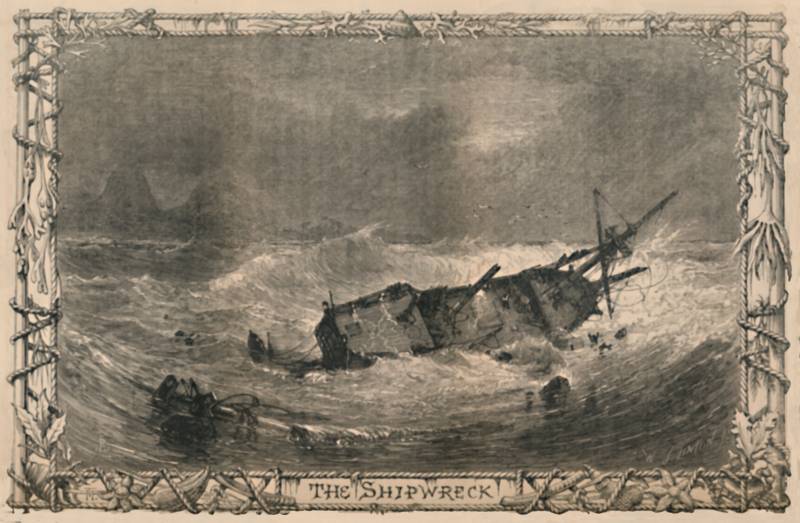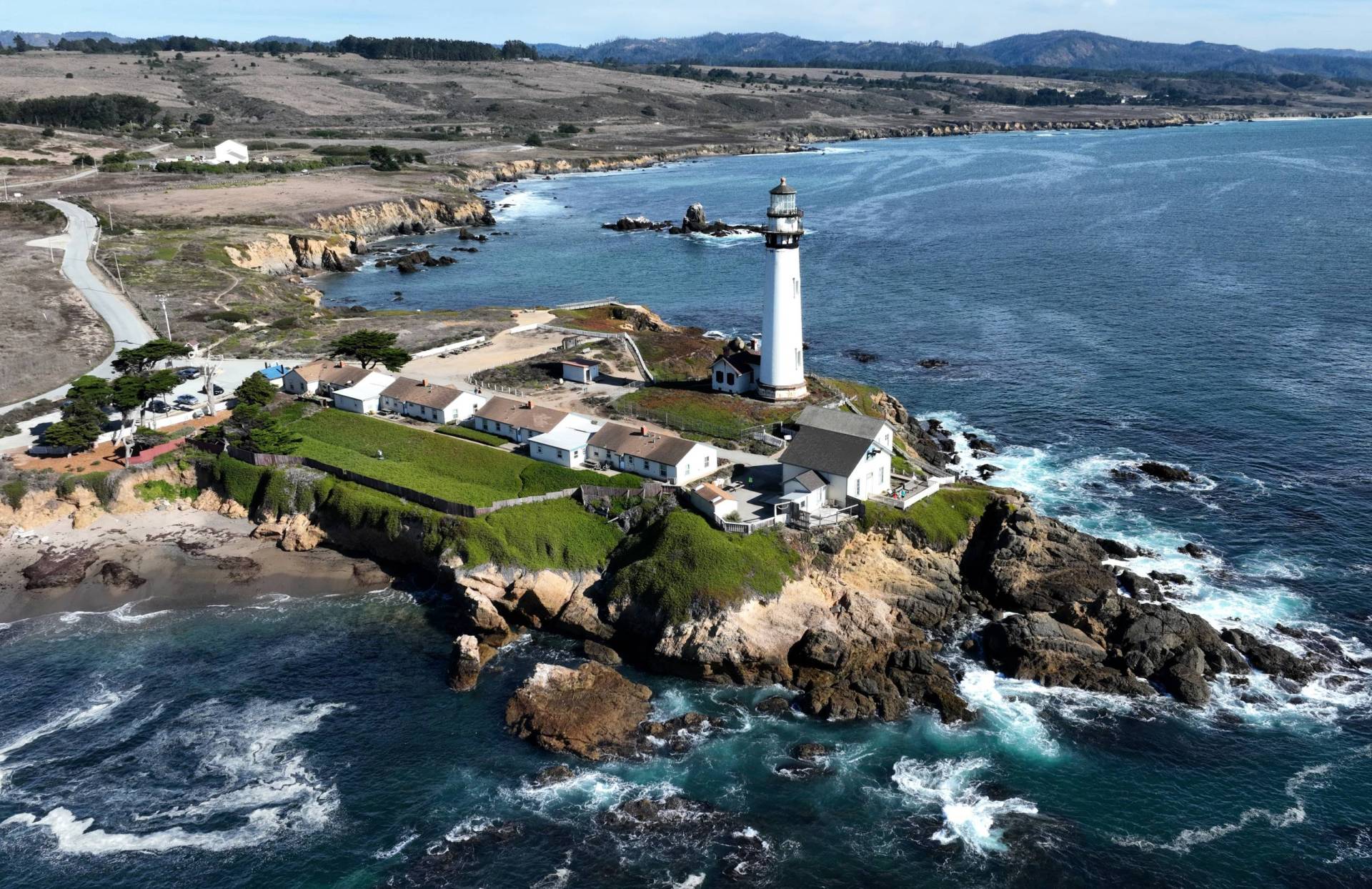O
n Nov. 28, 1866, the Coya — an iron, 515-ton ship from Britain — finally approached the California coastline after months at sea. Bound for San Francisco, it carried 19 sailors and 10 passengers, along with a cargo of coal from Sydney.
The journey had begun with a foreboding omen. Twelve days after leaving Sydney Harbor, one of the ship’s crew, a man named Peter Johnson, fell overboard and drowned. No one could have known then that the same fate would meet all but three people on board. Twenty-six men, women and children were killed when the Coya crashed just 50 miles away from its final destination.
It was at Pigeon Point, 20 miles south of Half Moon Bay, that the Coya met its end. The ship had made good progress that day, bolstered by strong winds. Shortly after sunset, however, the vessel was engulfed by heavy fog, and the captain and crew were caught off-guard. The Coya struck a reef, and enormous waves repeatedly raised the ship and crashed it back down into the rock. One report from the Santa Cruz Weekly Sentinel noted that the Coya “almost immediately began to break up.” Panic and chaos erupted on board, where many of the ship’s crew and passengers had been resting below deck.
The Sentinel noted:
The fierce breakers passing over the ship carried away by twos and threes the unfortunate beings who, half naked and benumbed with cold, could find no means of saving themselves, or of reaching land through the unbroken line of angry surf that thundered in their ears, adding to the terror of the situation by its awful roar.
The dead included Captain Richard Paige, his wife and young daughter, as well as the ship’s porter, cook, sailmaker, carpenter, steward and cabin boy. One couple aboard, passengers listed as Mr. and Mrs. Jeffreys, were killed along with their baby whom they tried to protect by wrapping the infant in Mrs. Jeffreys’ shawl.



